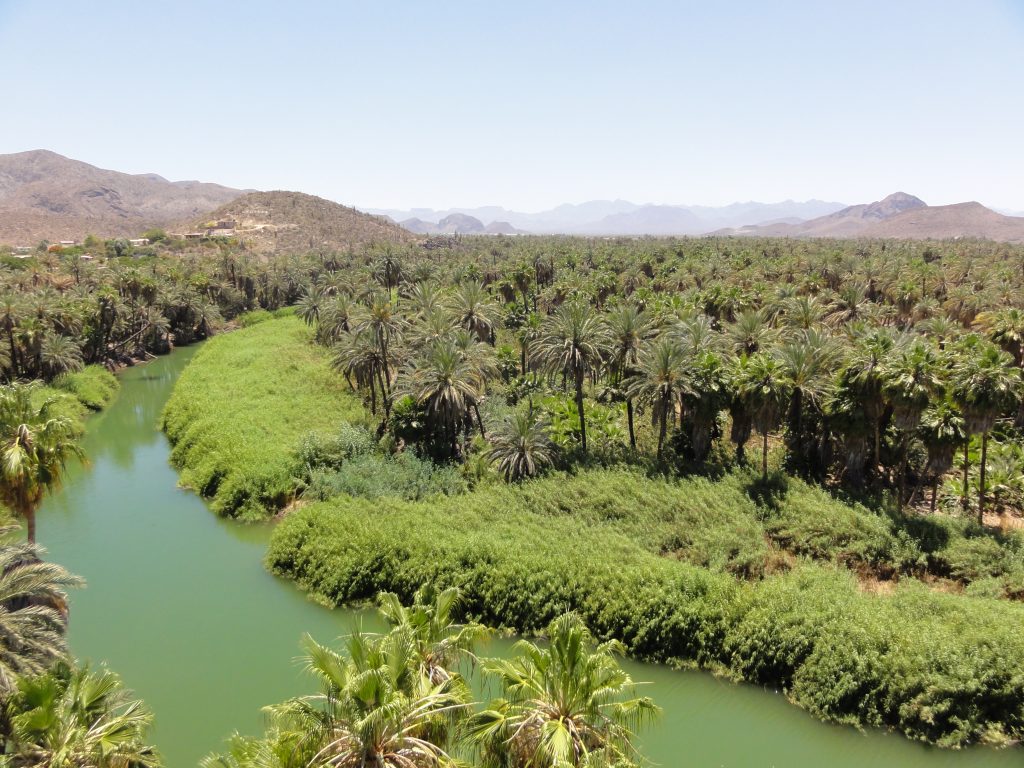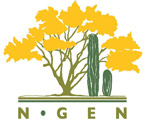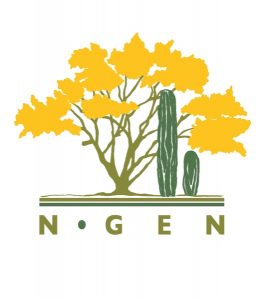
Title: Freshwater oases: aquatic biodiversity, hydrology, and knowledge gaps
Convenors: Michael Bogan, Lorena Villanueva-Almanza, Kate Boersma
Participants: Lara Cornejo Denman, Miranda Anaya Jaiv, Morgan Gilmour, Lucila Armenta Mendez, Jose Raul Romo Leon, Elisa Villalpando, Thanairi Gamez Rascon, Karelia Perates Hoeffer, Julio Cesar Robles, Samuel Romero, Jose Daniel Comito Molina, Alberto Mellada Moreno, Jesus Ventura Trejo, Mariclaire Joseph, Ami Adams, Jennifer Lawton, Jenna Stanek, Ivone Gifford Mena, Sue Carnahan, Jose Jesus Sanchez Escalante, Jim Malusa, Richard Felger, Greer Dolby, Scott Bennett, Mike Darin, Kim Franklin, Andrew Gottscho, Anny Peralta, Jorge H. Valdez Villavicencio, Phil Rosen, Michael Bogan, Kate Boersma, Lorena Villanueva, Felipe Eliezer Barnett Herrera, Samuel Monroy, Mayra Estrella, Fernando Morales Ortega, Romelia Barnett Diaz, Alberto Estrella, Lloyd Findley
Overview of session theme:
Perennial freshwater habitats are extremely scarce in the Sonoran Desert, and consist mainly of isolated springs, pools (tinajas), and oases fed by groundwater. Despite wide recognition of their importance to cultural institutions and terrestrial plants and animals, relatively little is known about aquatic biodiversity in these oases. While biodiversity surveys for certain taxa have been done in some oases (e.g. aquatic animals in oases of Sonora), the search for broader ecological patterns across the oases of Sonora and the Baja California peninsula is still in its infancy. Perhaps even less is known about the hydrological processes that provide the lifeblood of these systems.
The goals of this session are to:
(1) synthesize existing research on aquatic species in the oases of Baja and Sonora
(2) identify biological knowledge gaps (e.g. taxonomic groups)
(3) determine what (if any) hydrological studies have been done
(4) explore ideas for oasis conservation planning within and across regions
(5) develop research collaborations for future work
(6) determine how to best share data (or even locations of oases)
Overview of session discussion:
Session timeline:
15 minute introduction
30 minute small group session
30 minute group discussion
15 minute wrapup and synthesis
Michael Bogan gave a powerpoint introduction to oases in the Sonoran Desert and articulated the goals and expected outcomes of the session. We clarified the definition of oases as any spring-fed permanent waterbody in the Sonoran Desert region.
We split into six small groups, each associated with a theme: Plants, Fish, Amphibians & Reptiles, Hydrology, Birds and Mammals, and Fuentes de Agua en Isla Tiburón. The groups were instructed to address the goals outlined during the introduction. Small group work lasted 30minutes and concluded with presentations by each of the groups.
Common themes in the group discussions included a need for basic information on species occurrence and abundance and a better understanding of oasis hydrology. Common threats included invasive species, human alteration, and mining. Groups proposed assembling a list of oasis locations and known species. Details of the group discussions follow under “Detailed Notes.”
Action items discussed during the session:
1. Create a list of individuals who are interested in continuing the conversation about Sonoran Desert oases.
2. Identify individuals to write a synthesis paper on what is known about Sonoran Desert oases and identify gaps in our knowledge.
3. Compile oasis locations and species lists on GoogleDocs or other electronic platform.
Detailed notes:
Below are notes from the small-group discussions:
Amphibians/Reptiles
Exotics:
Trachemys seripta elegans/BC
T. orinata/BC
Bullfrogs/fish
Native:
Trachemys n. nebulosa
Actinemys pallida
P. hypochondriaca
P. cadaveina
Rana magnascularis
C?–> Pleistocene
Connectivity
Anfibios/reptiles sp list for Sonora
Threats:
Hybridization
Drought/Climate Change
Water tables
Pollution (Cataviña)
Collection/hunting
Disease
Hydrology
Water table depth
Topographic relief
Catchment area
Climate patterns/fluctuations
Storms and storm patterns
El Niño
Pacific Decadal Oscillation
Rock type (substrate)
Permeability and porosity
Fractures/faults
Reservoir presence/quality
Fishes
Complete list of native and invasive
Connectivity between oases (genetics)
Molecular ecophysiology of widespread vs locally distributed species
Management for invasives
List of all known oases: lat/long, water chemistry, size
Modes of colonization: phylogeography of natives
Physiological adaptations
Water quality
Education/information for owners/ranchers
Smart development/ecotourism with government incentive/support
Plants
Invasive plants (threat)
Identify shared species between Sonora/Baja
GISCloud – access to sources of information
Citizen science
Identify threats:
Invasive species
Tourism
Extensive cattle grazing
Regional studies
Identify anthropogenic disturbances, ecological cycles, phenology
Access to digital collections (SEINET)
Birds, mammals, other taxa
Oases as refuges for terrestrial taxa
Important to include oases as refuges – both aquatic and terrestrial – in a synthesis article?
Threats:
Mining
Habitat loss
Water quality
Invasive species (less of an issue in Sonora than in BCS)
Oases as biological research stations
How to keep connected?
Email
Google doc of species and oasis locations
How to share information with communities?
Importance of educating the public and youth
Fuentes de agua en Isla Tiburón
Hacer estudios de la calidad del agua
Inventario y monitoreo de la biodiversidad asociada con los fuentes del agua
Importancia de visitar durante de la temporada seca
Medir la superficie del agua
Estudio de vida silvestre asociada (dentro y afuera de cuerpos de agua)


